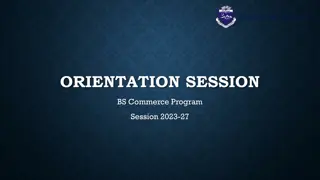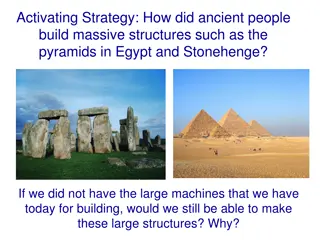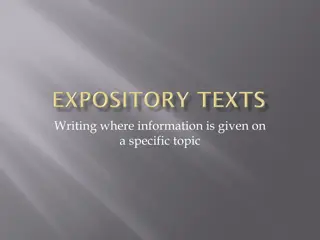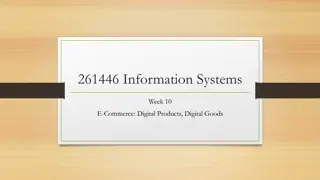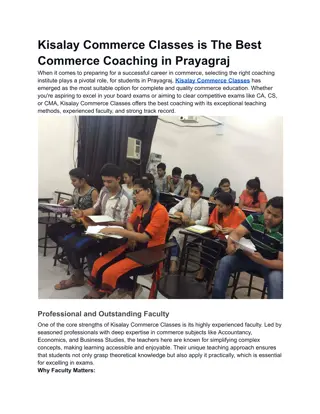Societal Structures and Functions: From Ancient Aristocracy to Modern Commerce
Explore the evolution of societal structures from ruling aristocracy to the modern economy, including concepts of meritocracy, civil service exams, and urbanization. Discover how societies stabilize in adversity and utilize past lessons. Engage in activities like charades and understand historical advancements like irrigation and the magnetic compass.
Download Presentation

Please find below an Image/Link to download the presentation.
The content on the website is provided AS IS for your information and personal use only. It may not be sold, licensed, or shared on other websites without obtaining consent from the author. Download presentation by click this link. If you encounter any issues during the download, it is possible that the publisher has removed the file from their server.
E N D
Presentation Transcript
Warm Copy HW Please grab a worksheet from the front desk Please complete questions 1-9 Please take out your HW and leave it on your desk
Essential Questions How do societies stabilize in the face of adversity? How can societies use what they learn from the past?
A ruling class of noble families aristocracy
Tests given to qualify candidates for government jobs. civil service exam
Rule by officials of proven merit. meritocracy
A system of managing the wealth and resources of a community. economy
Allowed Chinas population to grow to over 100 million people in the Middle Ages Excellent agriculture (rice)
A system to bring water to your crops. irrigation
The buying and selling of goods; business. commerce
a form of money used in a country. currency
the growth of cities. urbanization
Directions Directions Figure out a way to convey that word to the class with out using words: Charades You will only have 30 seconds to perform Be prepared!
uses the earths magnetic pull to help travelers navigate. Magnetic compass
helped make travel on rivers and lakes much faster. Paddlewheel boat
raised and lowered water levels to allow boats to pass through an area. Canal locks
a key invention for recording and transmitting information developed in the 2nd century CE. paper
Individual characters made of wood or metal that can be arranged to create a printing job and then be used over again. Moveable type
Around since at least 2700 BCE, but became very popular in the 8th century C.E. Tea
a type of fine pottery, produced as early as the 1st century C.E. porcelain
to make a large quantity of an item by using standard designs and dividing up the steps of production among workers. Mass production
is stronger than iron and making it is an important industry in China even today. steel
made by alchemists from saltpeter and other materials. gunpowder
were powered by saltpeter, charcoal and sulfur; and were first used as fireworks rockets
were invented in the 9th century using woodblock printing and thick paper. Game cards
was invented ~900 C.E. and often had many colors. Paper money
was developed in the 8th century and it used dripping water to make a wheel turn. Mechanical clock
transmitting diseasecausing agents to a person, stimulating their defensive reactions. inoculate
Analysis Please rank the fifteen inventions you have been introduced to, based on how much they have impacted our world. 1= most impactful 15= least impactful This list can be done on the back of your handout
Closure Now that you have had chance to hear all of the opinions of your classmates, please write down the invention that you thinks has impacted our world the most and support your response with three details. This response should be written at the bottom of today s handout.



